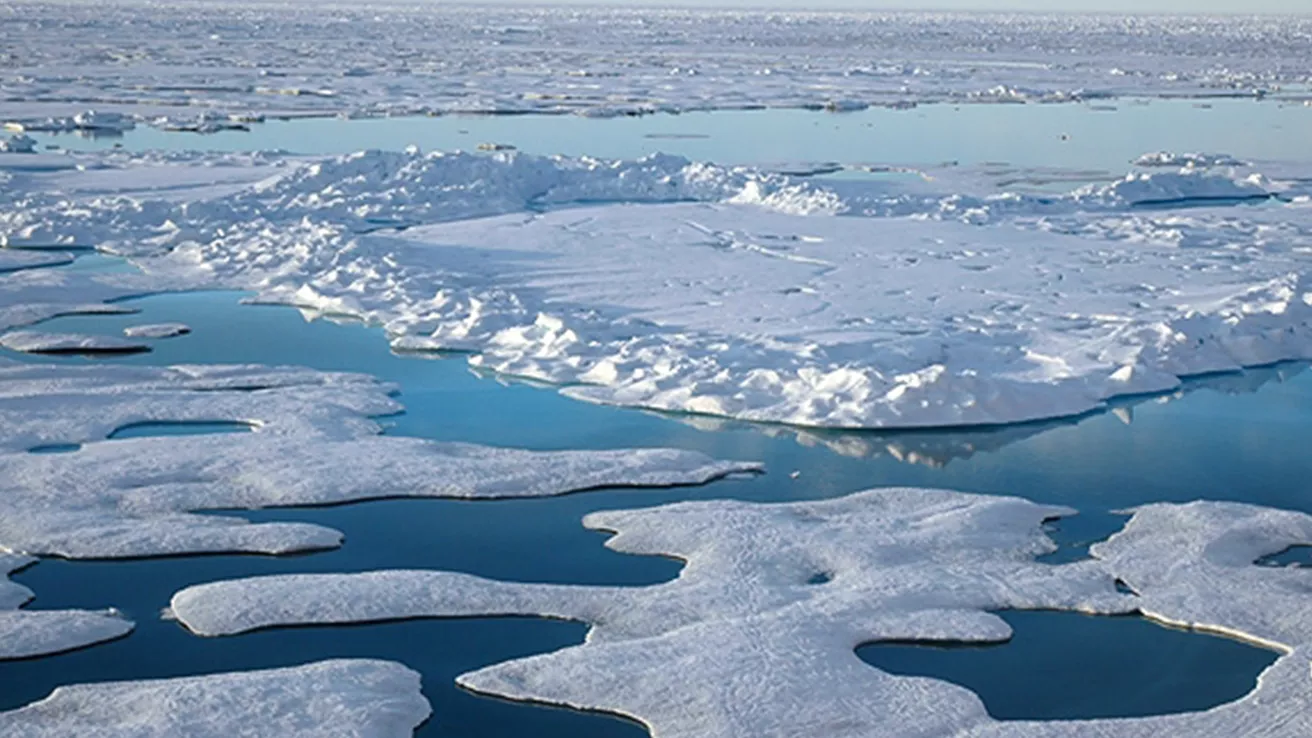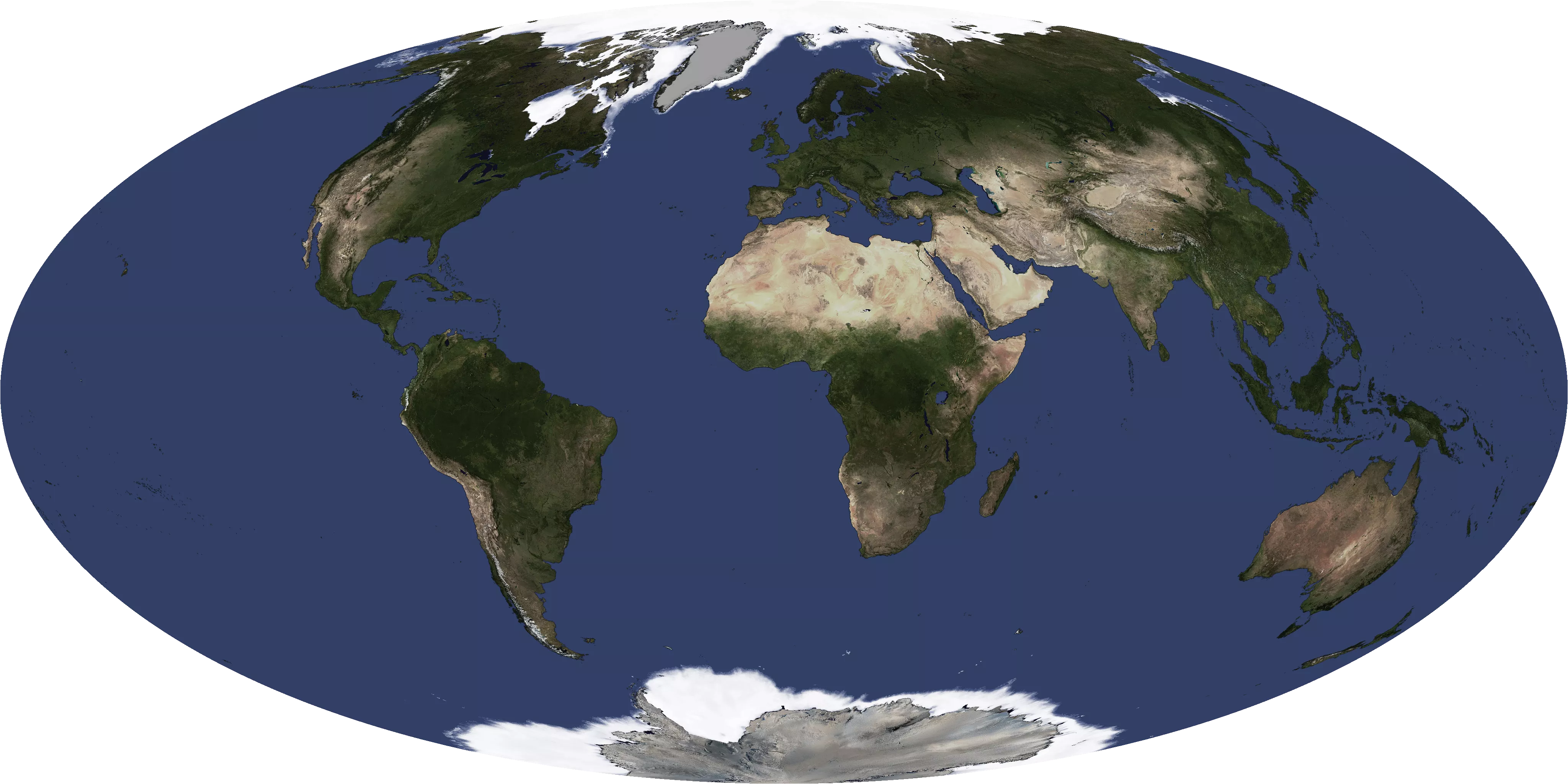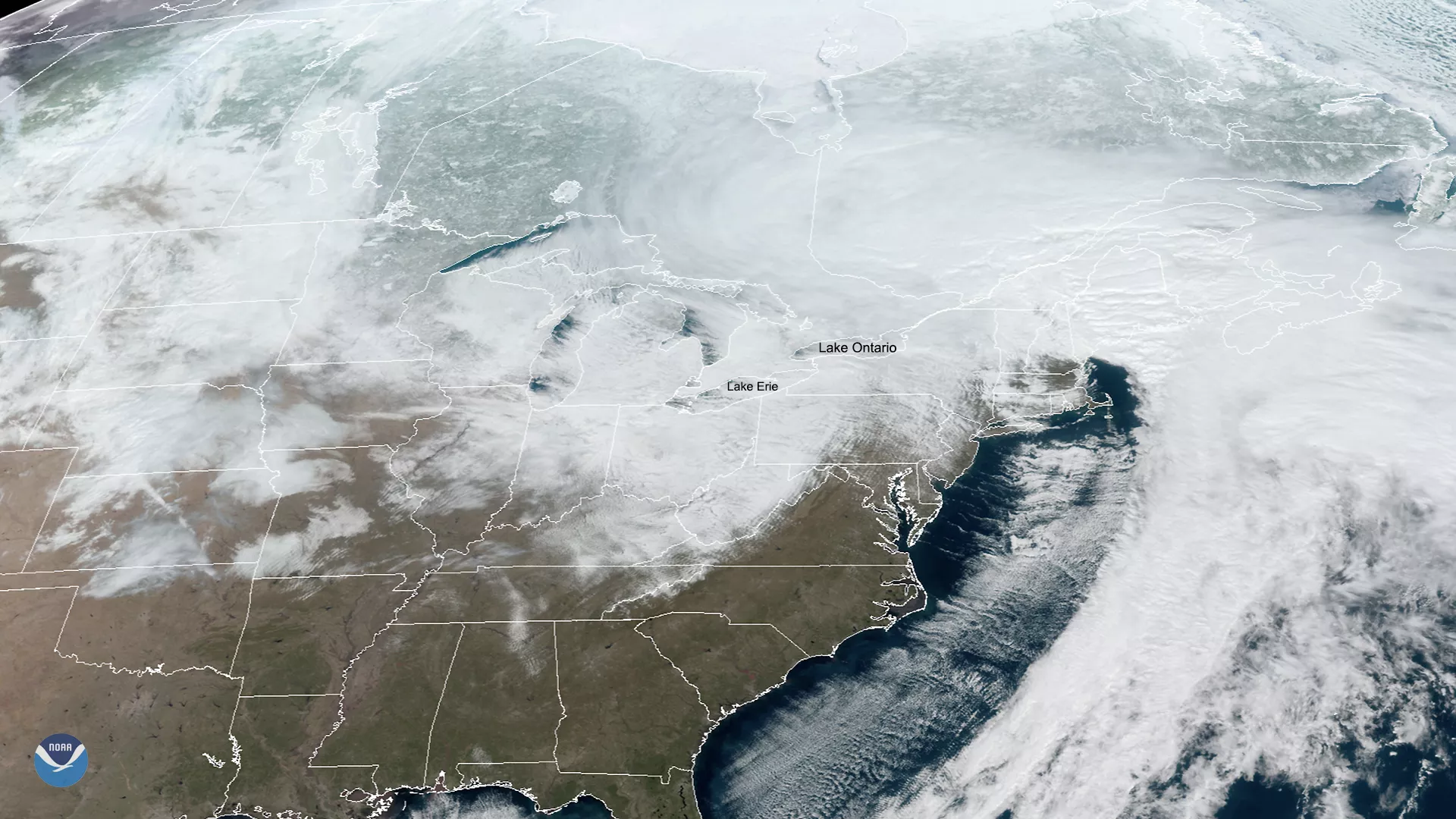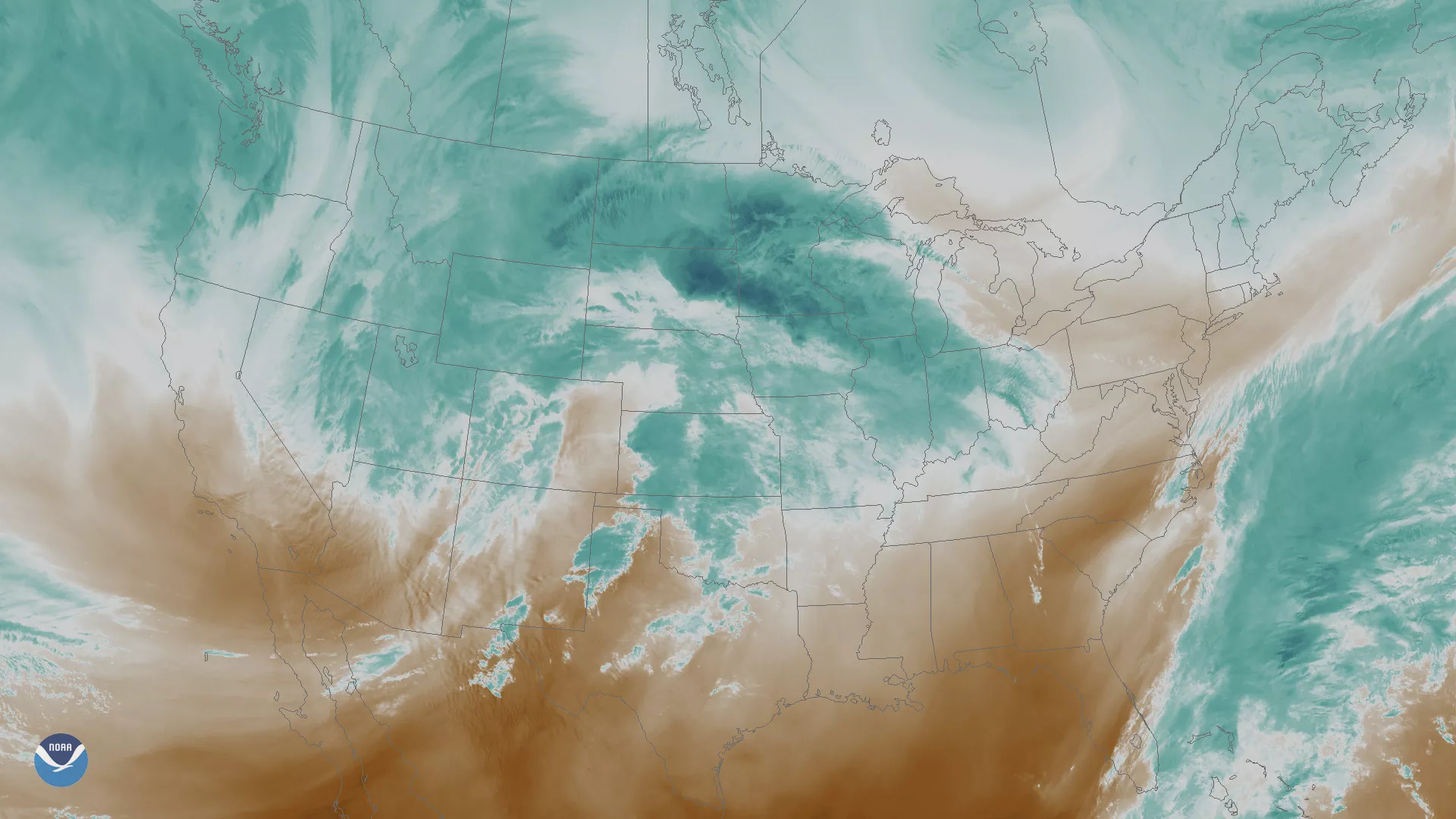What is Snow?
Snow is precipitation in the form of ice crystals. It originates in clouds when temperatures are below the freezing point (0 degrees Celsius, or 32 degrees Fahrenheit), when water vapor in the atmosphere condenses directly into ice without going through the liquid stage. Once an ice crystal has formed, it absorbs and freezes additional water vapor from the surrounding air, growing into a snow crystal or snow pellet, which then falls to Earth.
Scientists study ways to map global snow cover as well as ice from satellite and ways to determine the contribution of melting snow to regional water supplies.

Common Phenomena
More Articles on Ice and Snow
-
As part of the River Ice and Flooding Initiative, NOAA scientists with the Joint Polar Satellite…
-
What happens in the Arctic doesn’t stay in the Arctic, especially when it comes to atmospheric…
-
The Himalayas – with some of the highest mountain peaks on Earth – serve as a continental divide…





